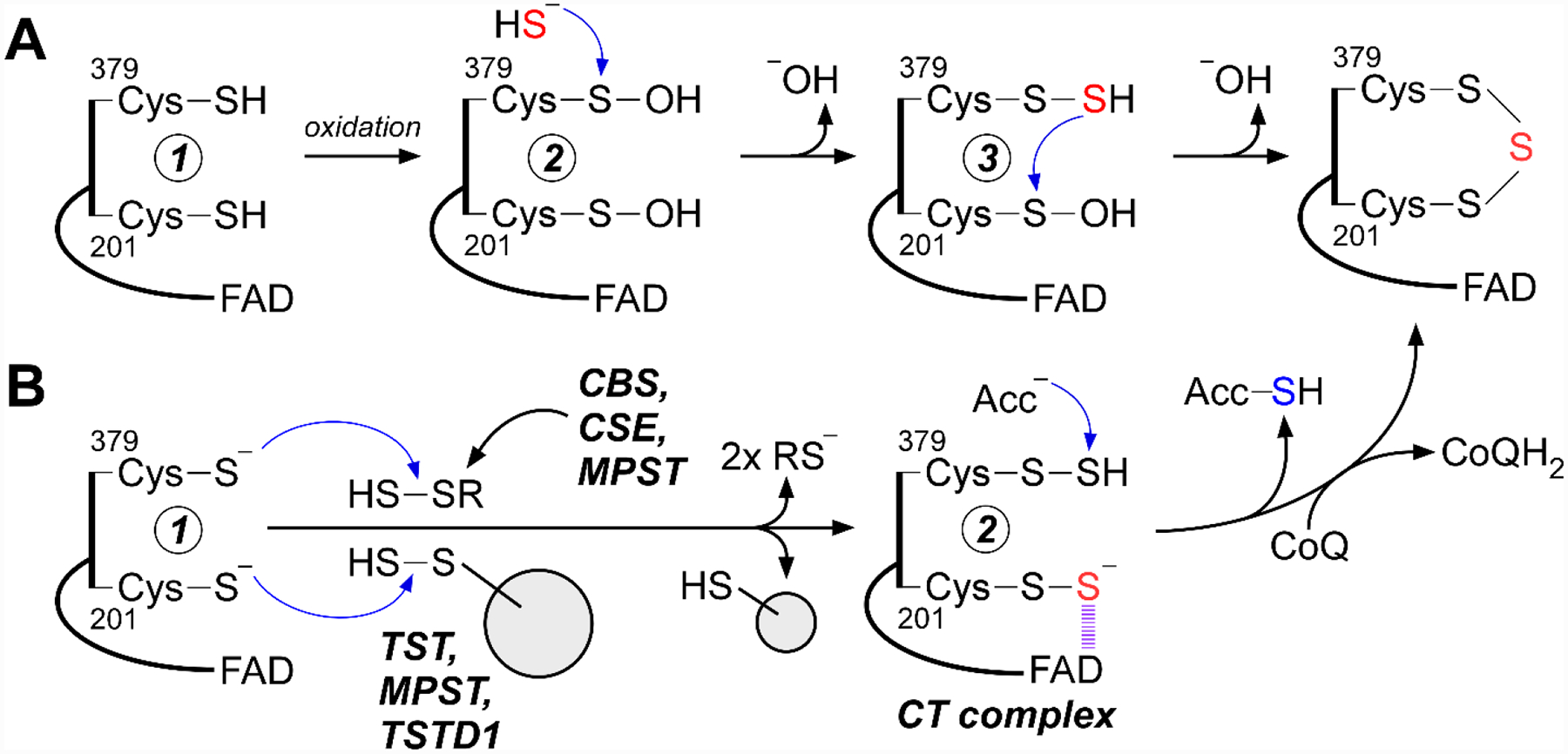Figure 5. Possible mechanisms for in vivo building of the SQOR cysteine trisulfide.

A, Oxidation of active site cysteines in newly synthesized SQOR (e.g., formation of cysteine sulfenic acid) (2) can promote cysteine persulfide formation (3) via nucleophilic attack of sulfide. Attack on the sulfenic acid by the persulfide generates the trisulfide. B, Persulfidation of SQOR at each cysteine by small molecule persulfides generated by the H2S synthesizing enzymes (CBS: cystathionine β-synthase; CSE: cystathionine γ-lyase; MPST: 3-mercaptopyruvate sulfurtransferase), or by an enzyme-catalyzed sulfur transfer via a sulfurtransferase (TST: rhodanese; MPST, or TSTD1), generates the CT complex (2). The latter leads to cysteine trisulfide formation following electron transfer to FAD and subsequent oxidation by CoQ.
